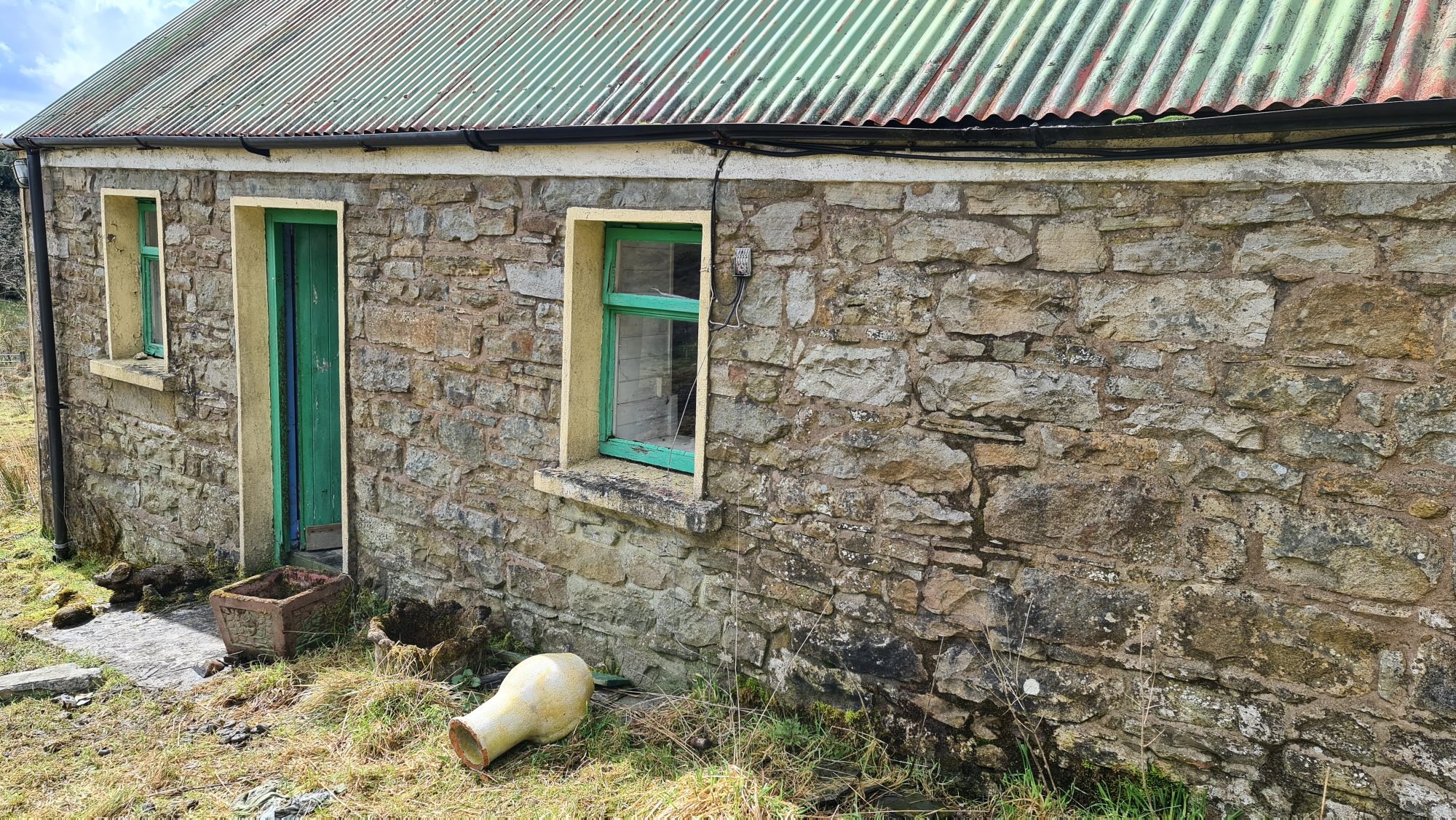From a consumer’s perspective, the derelict and vacant homes grants in Ireland present a unique opportunity for individuals interested in property renovation and homeownership. These grants are designed to tackle the issue of vacant and derelict properties across the country, rejuvenating neighborhoods, and providing affordable housing options. Here’s what you need to know:
Key Benefits
- Financial Assistance:
- Vacant Property Refurbishment Grant: Offers up to €30,000 for refurbishing vacant homes.
- Derelict Property Top-up Grant: An additional €20,000 available if the property is derelict, raising the total to €50,000.
- Eligibility:
- Properties must have been vacant for at least two years and be built before 1993.
- Applicants can be first-time buyers, those moving to a new area, or even those looking to downsize.
- Purpose:
- Grants aim to bring unused properties back into the housing market, addressing the housing shortage.
- Encourages revitalization of communities by making formerly derelict properties habitable again.
Application Process
- Initial Assessment:
- Conduct an initial assessment to identify if the property qualifies as vacant or derelict.
- Engage with local authorities to ensure the property meets all criteria.
- Detailed Proposal:
- Submit a detailed refurbishment proposal, including cost estimates, to the local authority.
- Ensure compliance with all planning and building regulations.
- Approval and Funding:
- Once approved, funding is provided in stages, often linked to specific milestones in the refurbishment process.
Considerations
- Investment and Planning:
- Significant personal investment might be needed beyond the grant amount.
- Comprehensive planning is essential to manage costs and timelines effectively.
- Regulations:
- Adherence to local building codes and regulations is mandatory.
- Sustainability and energy efficiency improvements may also be required.
- Long-term Value:
- Renovating a derelict or vacant home can increase property value and provide a unique, personalized living space.
- It also contributes to community improvement and sustainability efforts.
Challenges
- Initial Condition:
- Properties in derelict condition might have severe structural issues, requiring extensive work.
- Hidden problems such as mold, asbestos, or foundational issues can lead to unexpected costs.
- Time and Effort:
- The renovation process can be time-consuming and may require significant effort, especially if managing the project personally.
- Delays due to planning permissions or contractor availability can occur.
- Financial Risk:
- While grants provide substantial support, there is a financial risk if the refurbishment costs exceed the budget.
- Securing additional funding or loans might be necessary.
Final Thoughts
The derelict and vacant homes grants in Ireland offer a fantastic opportunity for consumers to invest in and revitalize underutilized properties. These grants can significantly reduce the financial burden of such projects, making it more accessible for individuals to undertake renovations. However, it is crucial for prospective applicants to thoroughly understand the eligibility criteria, application process, and potential challenges to make informed decisions and maximize the benefits of these grants.


Pingback:What can we forecast for 2025 in the derelict & vacant homes market? – SUMMIT GROUP
Pingback:Can You Get a Deadline Extension for the Derelict & Vacant Homes Scheme in Ireland? - SUMMIT GROUP